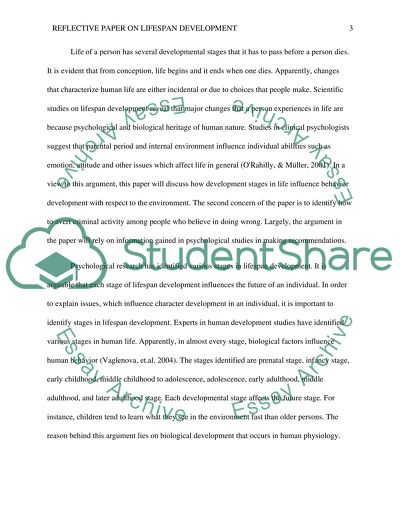Cite this document
(“Stages of development Research Paper Example | Topics and Well Written Essays - 3000 words”, n.d.)
Retrieved from https://studentshare.org/psychology/1395885-lifespan-develpment
Retrieved from https://studentshare.org/psychology/1395885-lifespan-develpment
(Stages of Development Research Paper Example | Topics and Well Written Essays - 3000 Words)
https://studentshare.org/psychology/1395885-lifespan-develpment.
https://studentshare.org/psychology/1395885-lifespan-develpment.
“Stages of Development Research Paper Example | Topics and Well Written Essays - 3000 Words”, n.d. https://studentshare.org/psychology/1395885-lifespan-develpment.


